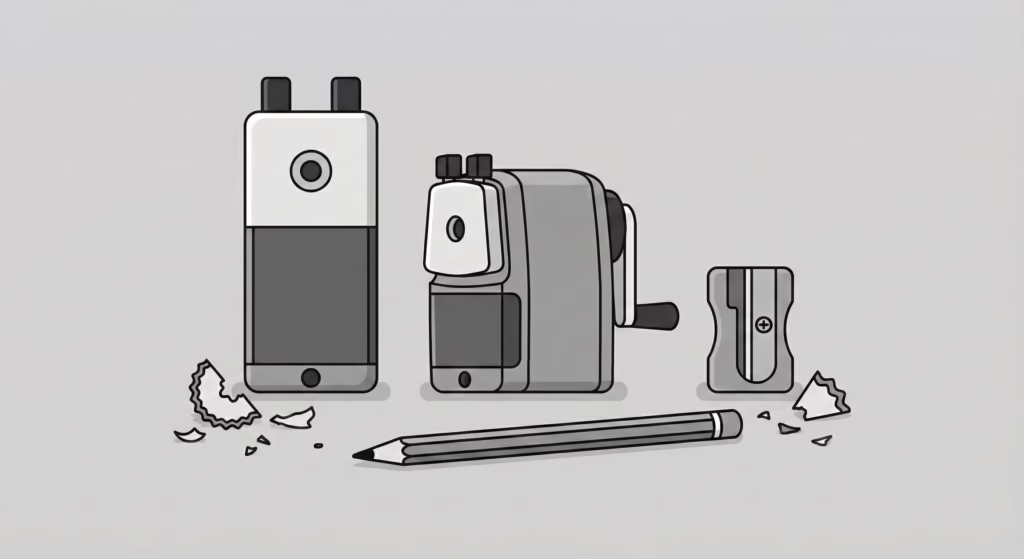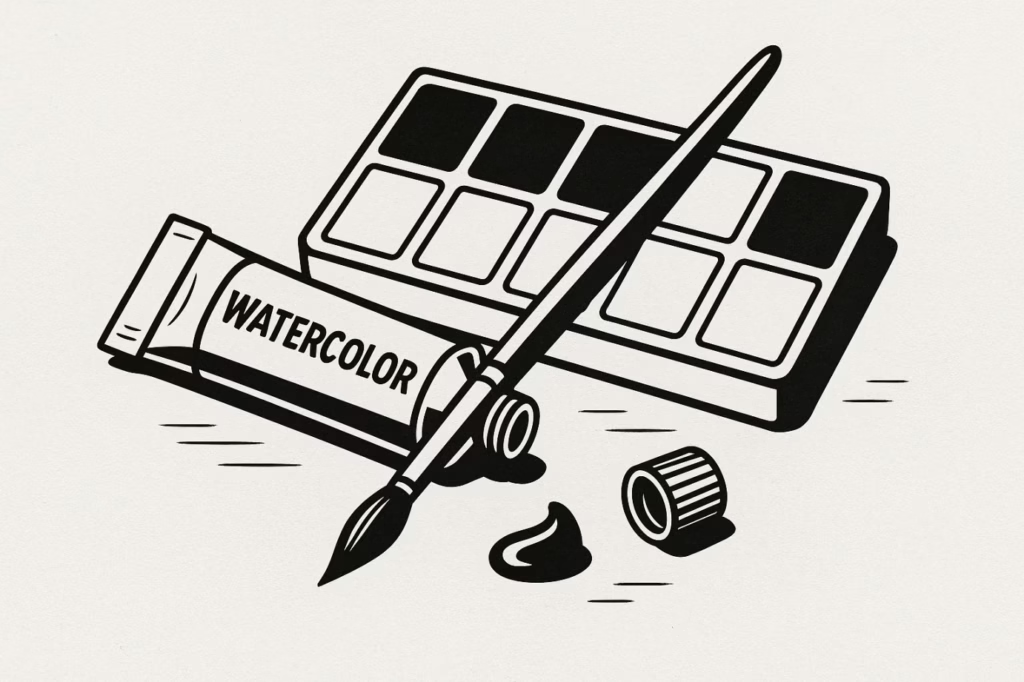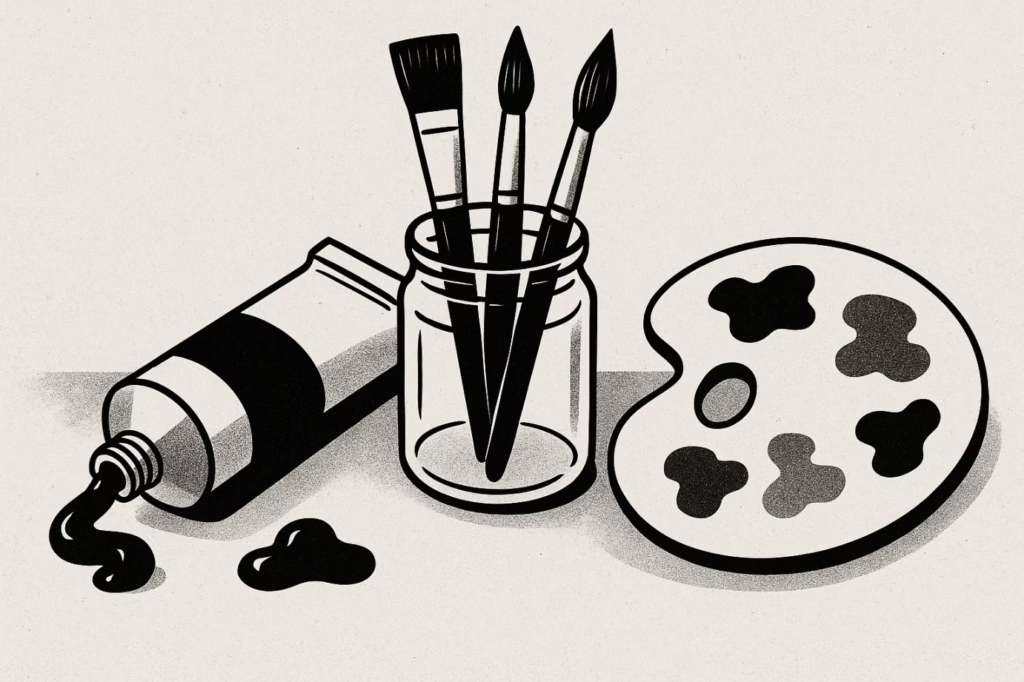Unsettling religious art has haunted viewers for centuries, transforming sacred spaces into galleries of psychological terror. These aren’t ordinary devotional paintings—they’re masterpieces that deliberately disturb, confuse, and unsettle anyone brave enough to look closely. What makes religious artwork so profoundly unsettling? Why do these disturbing sacred paintings continue to puzzle art historians and terrify viewers hundreds of years after their creation?
Welcome to the shadowy world where faith meets fear, where holy imagery becomes horrifying, and where every brushstroke seems designed to challenge our most fundamental assumptions about the divine. This exploration of unsettling religious art reveals how history’s greatest artists transformed sacred subjects into some of the most psychologically disturbing images ever created.
Why Unsettling Religious Art Continues to Disturb Modern Viewers
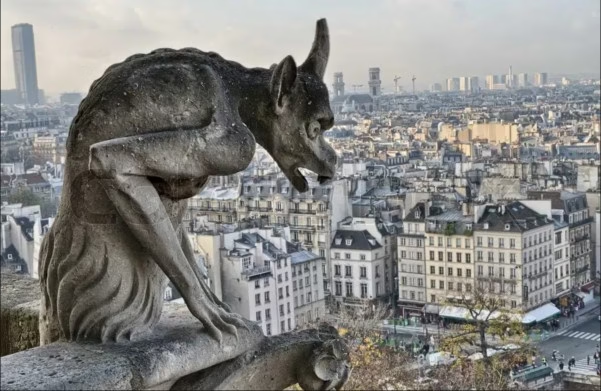
The most unsettling religious art exploits a fundamental psychological vulnerability: our deep-seated need to categorize images as either sacred or threatening. When artists deliberately blur these boundaries, they create visual experiences that trigger our most primal fears while simultaneously demanding spiritual contemplation. The result is art that feels both holy and horrifying, meaningful and menacing.
Dr. Margaret Livingstone, professor of neurobiology at Harvard Medical School, explains this phenomenon: “The human brain evolved to quickly distinguish between safe and dangerous visual stimuli. Unsettling religious art deliberately confuses these ancient survival mechanisms, creating profound psychological discomfort that can persist long after viewing.”
This neurological response helps explain why certain religious paintings feel so deeply disturbing. They don’t just challenge our aesthetic preferences—they assault our fundamental sense of spiritual safety and divine order. The most effective examples of unsettling religious art seem designed to make viewers question everything they believe about the nature of the sacred.
Hieronymus Bosch: The Master of Unsettling Religious Art
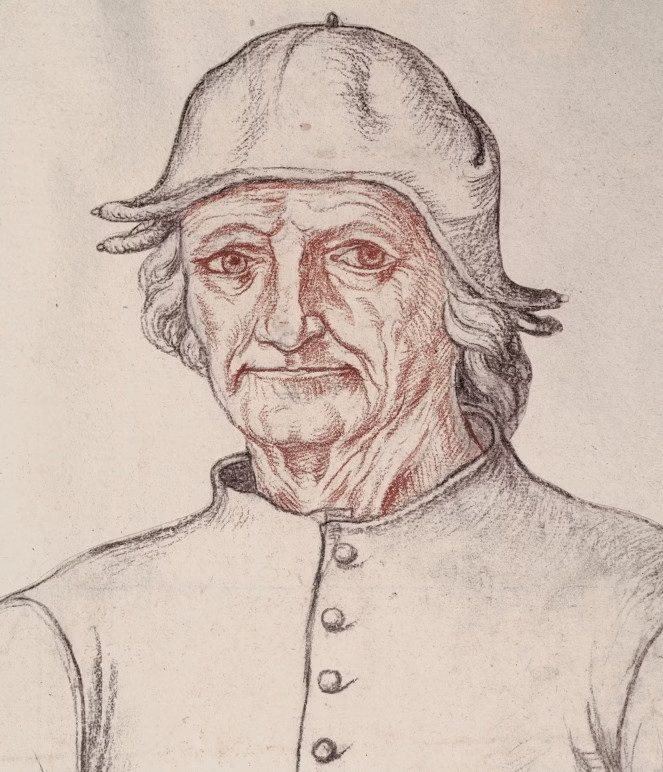
Source: Wikipedia
No artist created more profoundly unsettling religious art than Hieronymus Bosch, the Dutch painter whose nightmarish visions continue to disturb viewers more than 500 years after his death. Bosch transformed traditional Christian imagery into surreal landscapes of terror that remain among history’s most psychologically unsettling religious paintings.
Born around 1450 in ‘s-Hertogenbosch, Bosch lived during a period of intense religious upheaval when the Catholic Church faced challenges from emerging Protestant movements. Against this backdrop of spiritual uncertainty, he created unsettling religious art that seemed to peer directly into humanity’s darkest fears about salvation, damnation, and divine judgment.
The Garden of Earthly Delights: Unsettling Religious Art at Its Most Disturbing
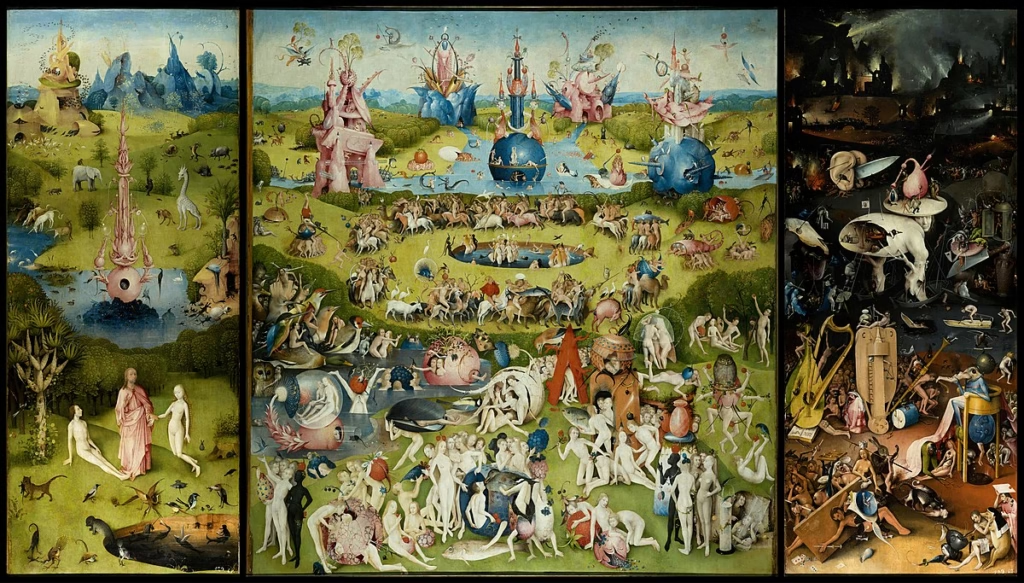
Source: Wikipedia
Bosch’s most famous work represents the pinnacle of unsettling religious art. This massive triptych, housed in Madrid’s Prado Museum, measures over 7 feet tall and nearly 13 feet wide, presenting a vision so disturbing that scholars still debate its meaning after five centuries of study. The central panel depicts hundreds of nude figures cavorting in a landscape filled with giant fruits, impossible creatures, and sexual imagery that seems to celebrate the very earthly pleasures that Christian doctrine condemned.
What makes this unsettling religious art so psychologically powerful is its ambiguous relationship to traditional Christian teaching. Is Bosch depicting paradise before the Fall, where humanity exists in perfect harmony with divine will? Or is he showing us a cautionary vision of earthly pleasure that inevitably leads to damnation? The painting’s refusal to provide clear answers creates a sense of spiritual vertigo that has unsettled viewers for centuries.
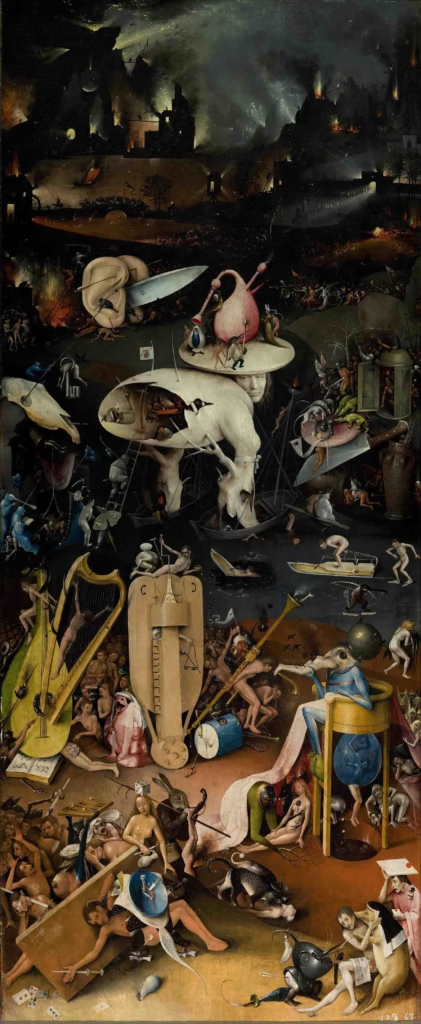
The specific imagery that Bosch chose for this unsettling religious art deliberately exploits our deepest anxieties about human nature and divine judgment. Giant strawberries dominate the composition, their swollen forms suggesting both fertility and decay. Transparent spheres contain human figures in poses that suggest both spiritual ecstasy and physical vulnerability. Musical instruments, traditionally associated with heavenly praise, become torture devices in the hell panel, transforming symbols of joy into sources of eternal agony.
Art historian Dr. Pilar Silva of the Prado Museum observes: “Bosch’s Garden remains the most unsettling religious art ever created because it offers no spiritual comfort. Every time you think you understand its message, the imagery shifts to suggest something darker and more disturbing.”
The painting’s hell panel represents some of the most psychologically disturbing imagery in all of religious art. Bosch created a landscape of torment where human bodies are penetrated, consumed, and transformed by demonic creatures that seem to emerge from humanity’s worst nightmares. The precision with which he depicted these torments suggests intimate familiarity with human suffering that goes far beyond artistic imagination.
Bosch’s Other Disturbing Sacred Paintings

Bosch created numerous other examples of unsettling religious art that continue to disturb modern viewers. His “Temptation of St. Anthony” series depicts the desert saint besieged by demons whose forms seem designed to trigger every possible human phobia. Flying creatures with insect wings and human faces swarm around the praying saint, while hybrid monsters engage in activities too disturbing for most museums to display without warning labels.
“The Last Judgment” presents Bosch’s vision of humanity’s final spiritual reckoning through imagery so disturbing that it challenges conventional notions of divine justice. Rather than depicting God as a figure of mercy and redemption, Bosch shows a cosmic judge whose verdicts result in torments that seem to exceed any conceivable human sin. This unsettling religious art transforms the promise of divine justice into a source of existential terror.
The psychological impact of Bosch’s unsettling religious art comes from his ability to make the familiar feel alien and threatening. He takes standard Christian imagery—angels, demons, saints, sinners—and transforms them into something that feels both recognizable and utterly wrong. Viewers experience a sense of spiritual uncanny valley, where religious symbols trigger recognition and revulsion simultaneously.
Caravaggio’s Dark Revolution in Unsettling Religious Art
Michelangelo Merisi da Caravaggio revolutionized religious painting in the early 17th century by creating unsettling religious art that replaced idealized sacred figures with shocking realism drawn from Rome’s streets and taverns. His radical approach transformed traditional devotional imagery into psychologically complex scenes that often disturbed the very church officials who commissioned them.
Caravaggio’s unsettling religious art gained its power from his decision to depict biblical events as if they were contemporary crimes occurring in dark Roman alleys. His dramatic chiaroscuro lighting created theatrical scenes where divine revelation and human violence seemed indistinguishable, challenging viewers’ assumptions about the relationship between sacred and profane experience.
The Beheading of St. John the Baptist: Signed in Blood
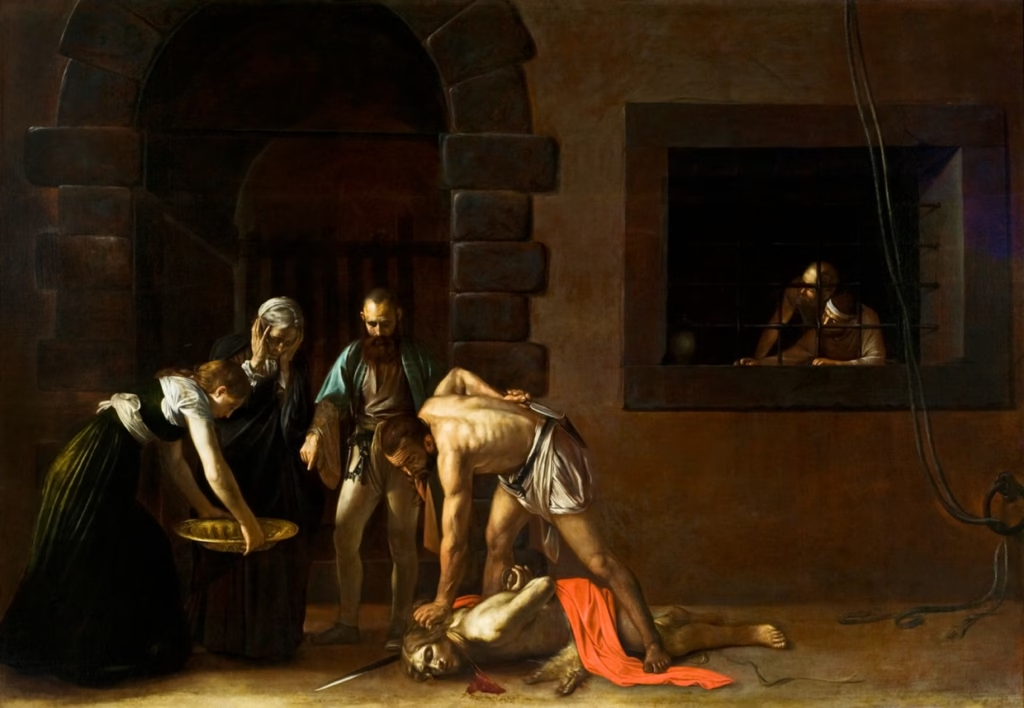
Source: Wikipedia
Housed in Malta’s St. John’s Co-Cathedral, Caravaggio’s depiction of the Baptist’s execution represents one of the most psychologically disturbing examples of unsettling religious art ever created. The painter signed this work in the saint’s spilled blood, writing “F MICHELANG…” in red paint that mingles with the gore flowing from the severed neck.
This blood signature transforms the painting from devotional art into something far more unsettling. Caravaggio created religious art that forces viewers to confront the physical reality of martyrdom rather than its spiritual meaning. The executioner’s clinical efficiency, the witnesses’ mixed expressions of horror and fascination, and the saint’s lifeless body combine to create an image that feels more like documentary evidence of a crime than traditional sacred art.
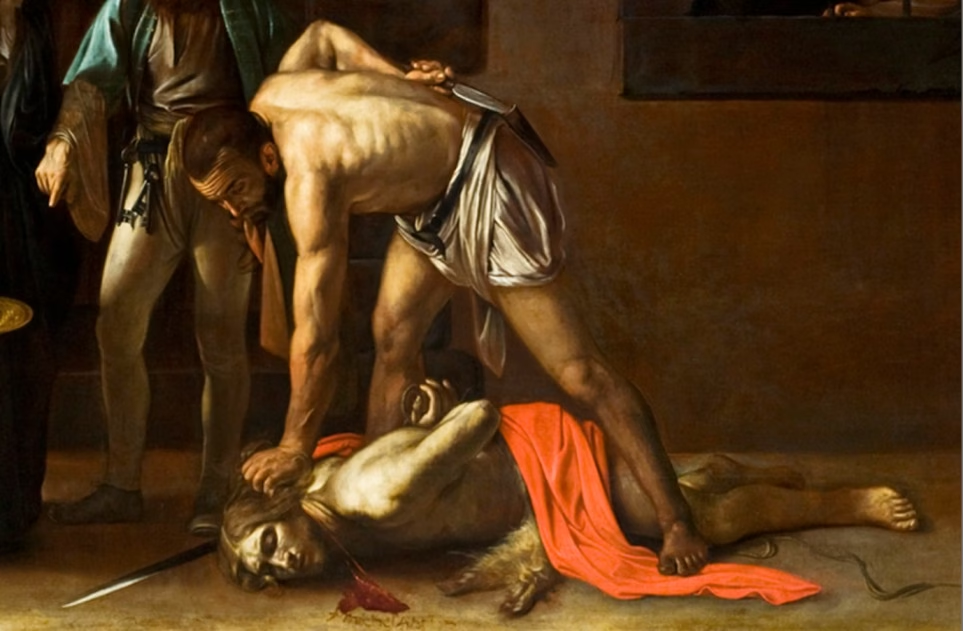
The psychological impact of this unsettling religious art comes from Caravaggio’s refusal to provide spiritual comfort or divine transcendence. Unlike traditional martyrdom scenes that emphasize the saint’s spiritual victory over physical death, Caravaggio focuses relentlessly on the brutal reality of execution. Viewers are forced to witness religious violence without the consolation of obvious divine intervention or heavenly reward.
Dr. Claudio Strinati, former superintendent of Rome’s cultural heritage, notes: “Caravaggio created unsettling religious art that strips away all illusions about the cost of faith. His martyrs don’t transcend suffering—they embody it completely, forcing viewers to confront what religious commitment actually demands.”
Judith Beheading Holofernes: Violence as Sacred Duty
Caravaggio’s interpretation of the biblical story of Judith presents another masterpiece of unsettling religious art that continues to disturb modern viewers. The painting depicts the moment when the Jewish heroine decapitates the Assyrian general who threatened her people, but Caravaggio’s treatment emphasizes the psychological horror of the act rather than its spiritual significance.
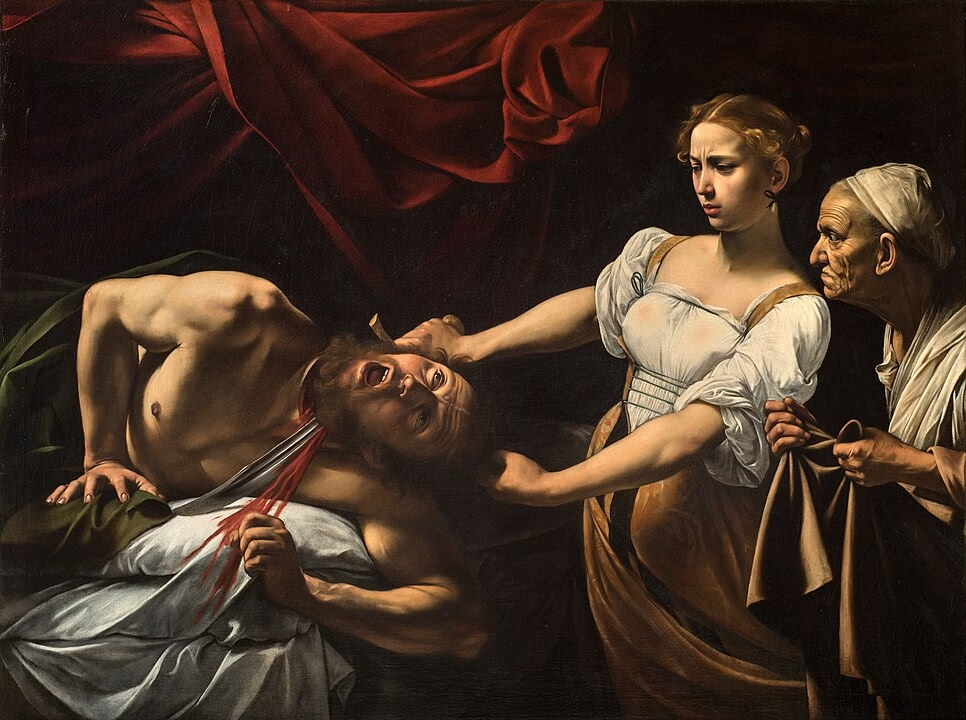
Source: Wikipedia
The most unsettling aspect of this religious art lies in Judith’s expression, which combines heroic determination with obvious revulsion at her necessary task. Caravaggio forces viewers to witness the conflict between spiritual duty and human emotion, creating art that refuses to romanticize religious violence or present it as spiritually ennobling.
The general’s face, twisted in agony and surprise, provides no comfort to viewers seeking spiritual meaning in his death. Instead, Caravaggio presents religious violence as genuinely violent, stripping away traditional artistic conventions that minimized the brutal reality of biblically sanctioned killing. This unsettling religious art forces viewers to grapple with uncomfortable questions about the relationship between divine will and human suffering.
Medieval Manuscripts: Illuminated Nightmares
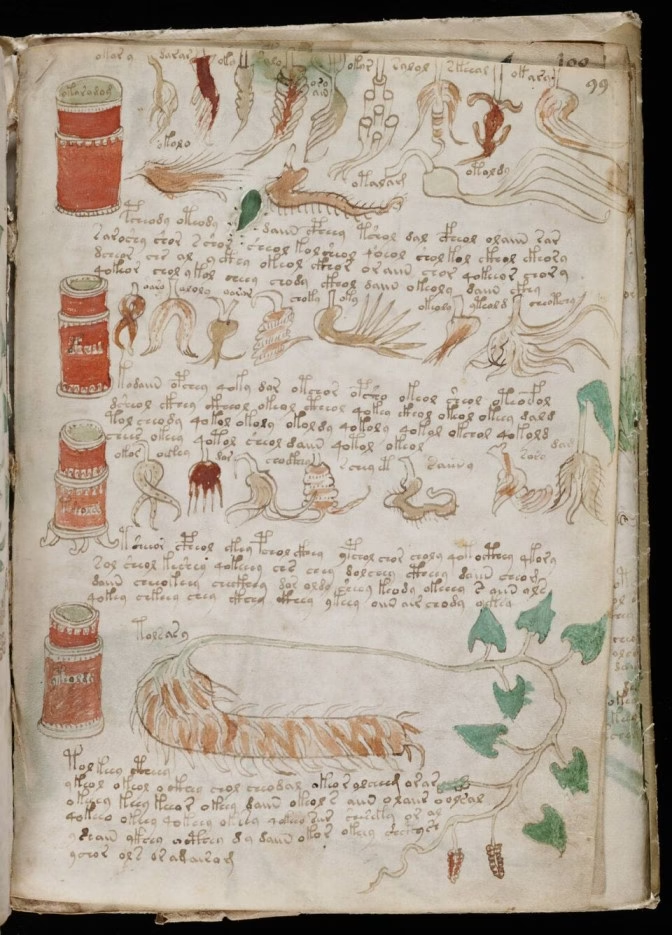
Medieval scribes and illuminators created some of history’s most unsettling religious art in the margins and pages of sacred manuscripts. These disturbing images appear alongside holy texts, creating jarring juxtapositions that continue to puzzle modern scholars and unsettle contemporary viewers.
The Voynich Manuscript: Incomprehensible Sacred Terror
The early 15th-century Voynich Manuscript, housed at Yale University’s Beinecke Library, represents perhaps the most unsettling religious art ever created, precisely because its meaning remains completely incomprehensible. This mysterious codex contains over 240 pages of undeciphered text accompanied by illustrations that appear to depict religious or spiritual concepts using symbols that don’t correspond to any known tradition.
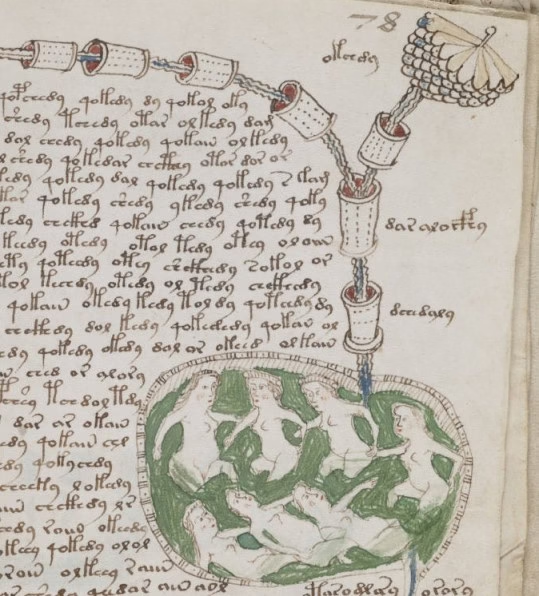
The manuscript’s illustrations include naked figures in what seem to be ritualistic contexts, astronomical diagrams suggesting cosmic spiritual influences, and botanical sections showing plants that don’t match any known species. The overall effect is deeply unsettling religious art that suggests complete spiritual systems operating beyond conventional Christian understanding.
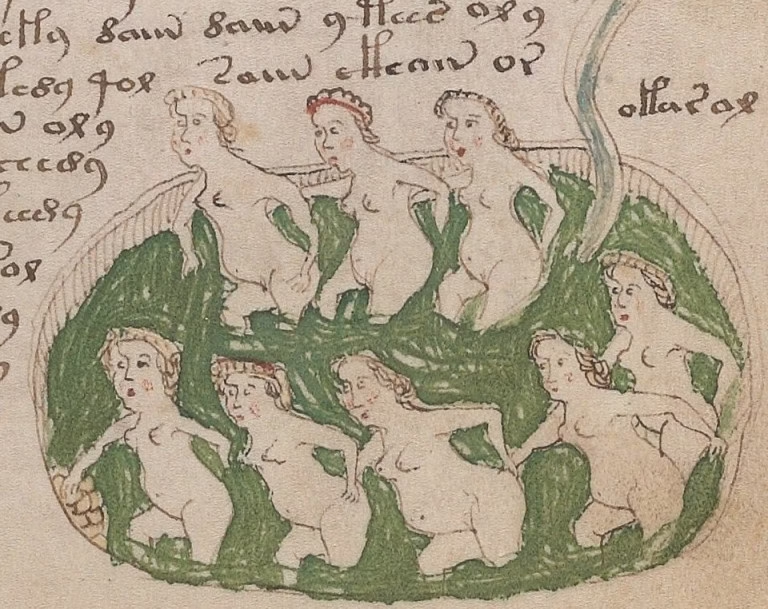
What makes this manuscript so psychologically disturbing is its apparent coherence combined with total incomprehensibility. The illustrations clearly follow consistent symbolic logic, but that logic remains entirely opaque to modern viewers. Dr. Nicholas Gibbs, medieval historian, argues: “The Voynich Manuscript represents unsettling religious art in its purest form—images that feel spiritually significant while remaining completely meaningless to contemporary understanding.”
Marginalia: Sacred Texts, Profane Images
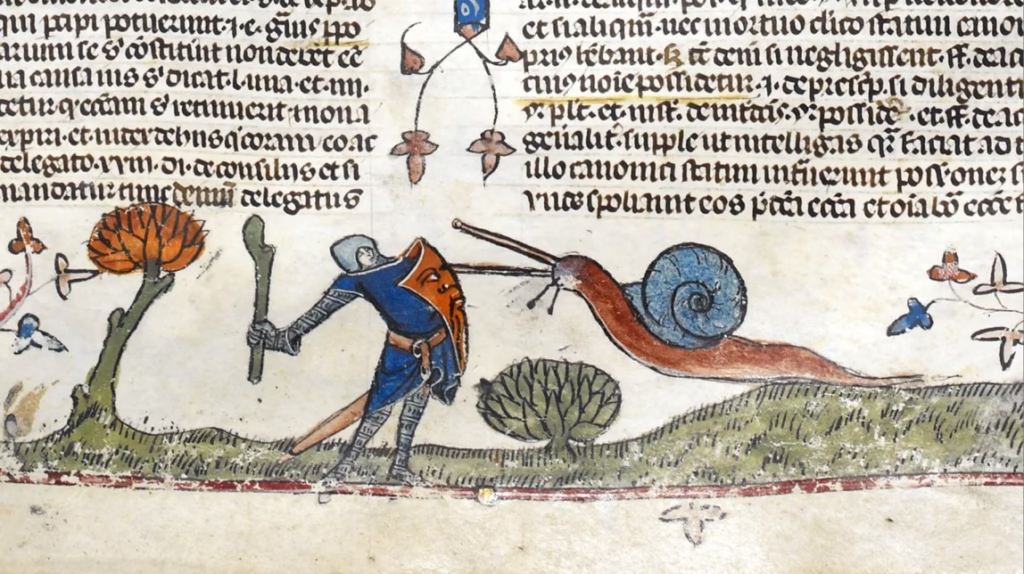
Medieval manuscripts often contain unsettling religious art in their margins, where scribes and illuminators included bizarre and disturbing imagery that seems completely at odds with the sacred texts they accompany. These marginal decorations include scenes of violence, sexuality, and grotesque humor that transform holy books into sources of psychological discomfort.
Knights fighting giant snails appear repeatedly in medieval marginalia, creating unsettling religious art that combines martial imagery with absurd comedy in ways that seem designed to undermine the dignity of both warfare and spiritual contemplation. Hybrid human-animal creatures engage in activities that parody religious practices, creating disturbing visual commentaries on sacred rituals and clerical authority.
The psychological impact of this unsettling religious art comes from its deliberate violation of categories. Medieval viewers expected sacred texts to contain sacred imagery, but these manuscripts deliberately mixed holy and profane elements in ways that created cognitive dissonance and spiritual unease.
Gothic Cathedrals: Architecture of Spiritual Terror
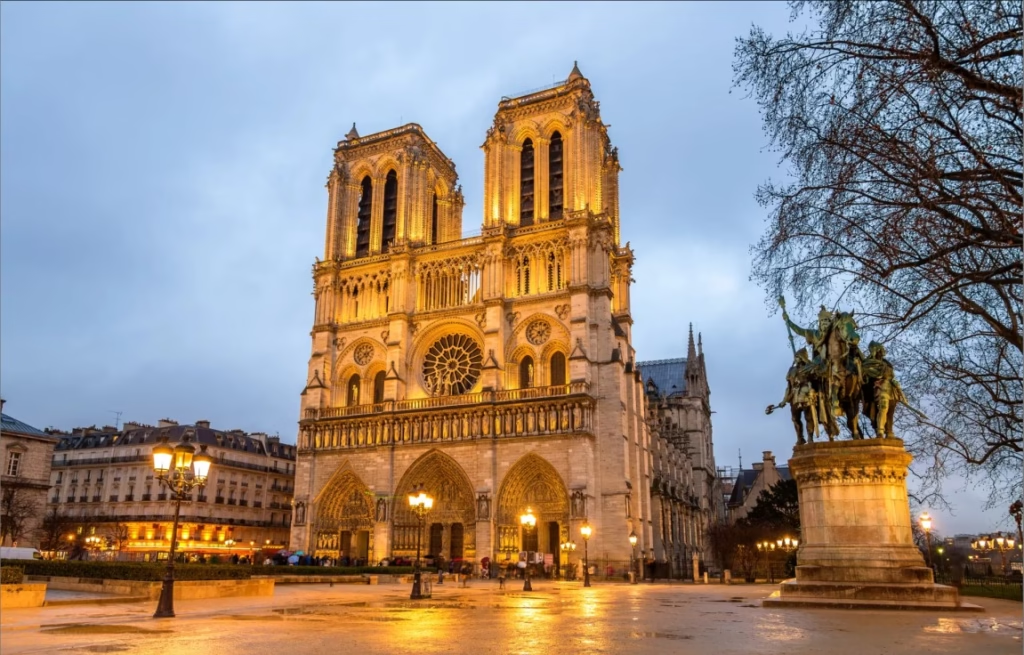
Gothic cathedral builders created some of the most psychologically powerful examples of unsettling religious art through their use of gargoyles, grotesques, and other monstrous figures that covered sacred buildings with images of demons, monsters, and satirical creatures.
These stone figures represent unsettling religious art that was literally built into the architecture of medieval Christianity. Worshippers couldn’t avoid confronting these disturbing images, which transformed the approach to sacred space into a journey through a landscape of spiritual terror.
Gargoyles: Demons Guarding the Divine
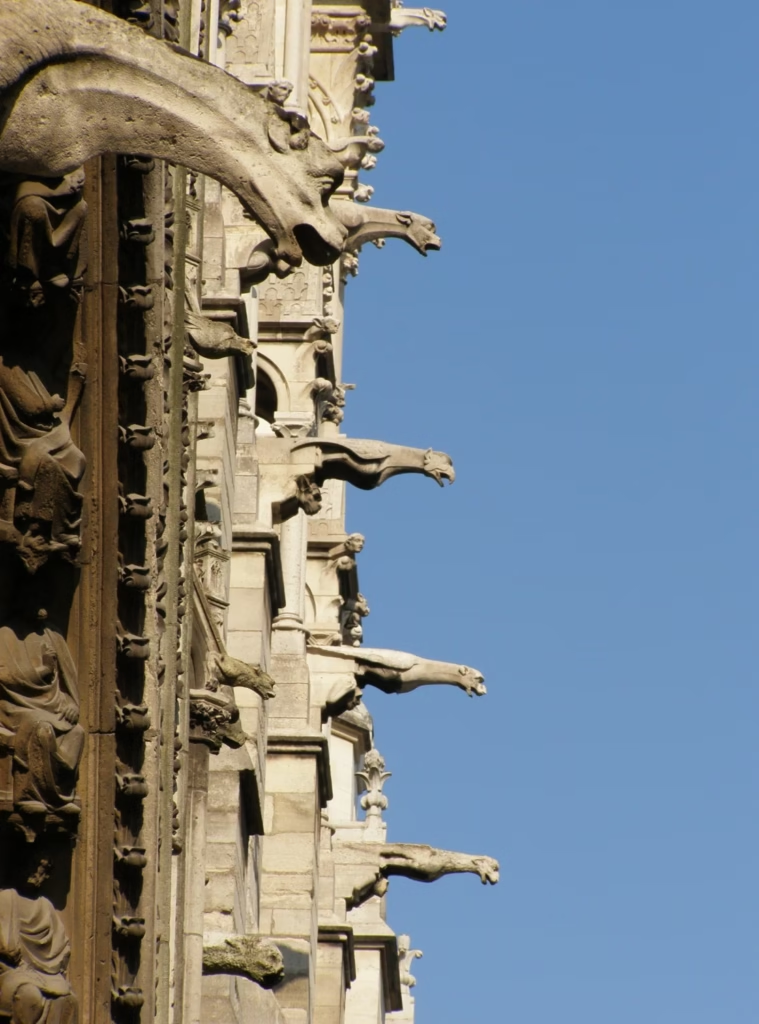
The gargoyles that populate Gothic cathedrals create unsettling religious art that forces viewers to confront the reality of spiritual warfare while seeking divine comfort. These creatures don’t simply represent abstract evil—they embody specific fears about corruption, temptation, and damnation that medieval Christians carried into their most sacred spaces.
What makes cathedral gargoyles particularly unsettling as religious art is their proximity to sacred imagery. Angels and demons, saints and monsters, divine mercy and spiritual terror coexist within the same architectural program, creating visual experiences that simultaneously comfort and disturb worshippers.
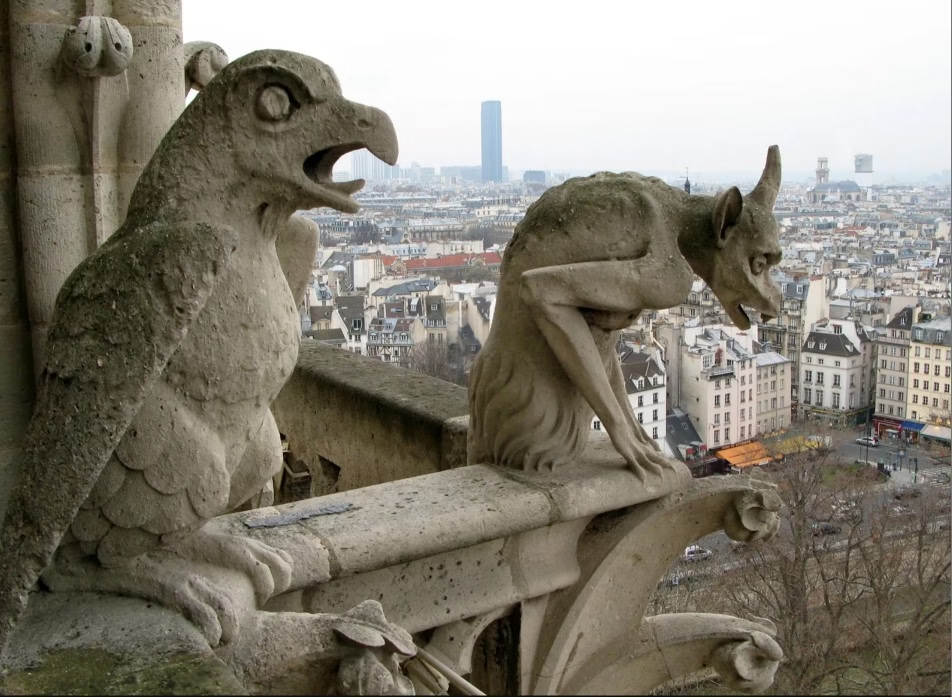
Professor Sarah Brown, medieval art specialist at the University of York, explains: “Gothic gargoyles represent unsettling religious art that medieval Christians couldn’t escape. Every approach to divine worship required confronting these images of spiritual terror, making religious experience inseparable from psychological discomfort.”
The specific forms these gargoyles take often satirize contemporary social types—corrupt clergy, greedy merchants, vain nobles—transforming social criticism into unsettling religious art that challenged both spiritual and secular authority. Medieval worshippers found themselves confronting not just abstract evil but recognizable human failings carved in stone and elevated to the level of cathedral decoration.
Renaissance Secrets: Hidden Disturbing Imagery
Renaissance artists created unsettling religious art by embedding disturbing or controversial imagery within apparently conventional religious scenes. These hidden elements transform familiar biblical stories into psychological puzzles that continue to unsettle viewers who discover their concealed meanings.
Leonardo’s Last Supper: Psychological Realism as Spiritual Terror
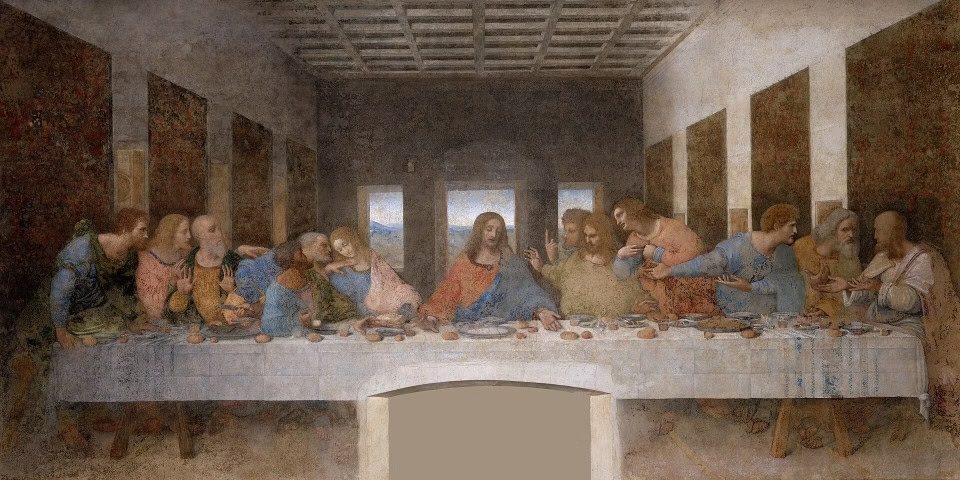
Leonardo da Vinci’s “The Last Supper” represents unsettling religious art that achieves its psychological impact through radical innovation in depicting human emotion and psychological states. Rather than showing the apostles in traditional, dignified poses, Leonardo created a scene of emotional chaos where each figure responds individually to Christ’s announcement of betrayal.
The painting’s deteriorated condition adds another layer of unsettling effect to this religious art. Centuries of damage have given the apostles’ faces ghostly, partially erased quality that makes them appear more like specters than living humans. What was once revolutionary psychological realism has become accidentally supernatural, creating religious art that disturbs viewers on multiple levels.
Dr. Pietro Marani, former director of the Leonardo Museum, observes: “Leonardo created unsettling religious art by refusing to idealize the apostles’ responses to spiritual crisis. Their fear, anger, and confusion make the Last Supper feel like a psychological thriller rather than a devotional scene.”
Michelangelo’s Hidden Anatomy: Bodies Within Bodies
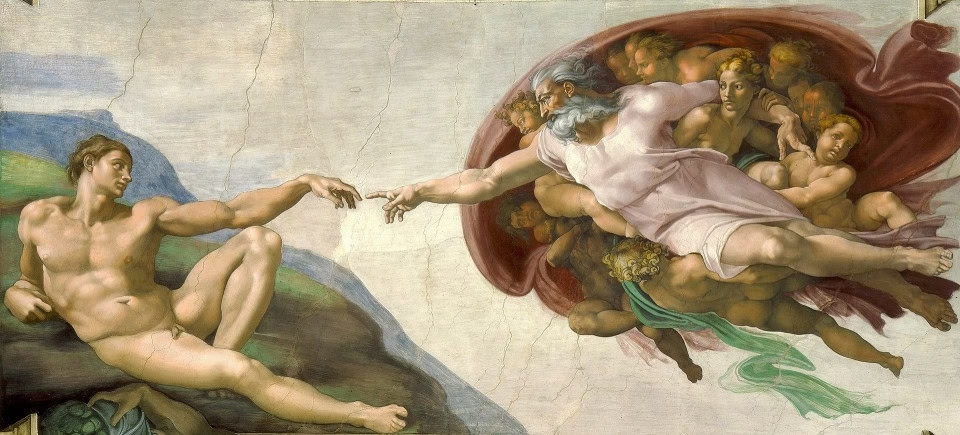
Recent discoveries have revealed that Michelangelo embedded sophisticated anatomical imagery throughout his Sistine Chapel frescoes, creating unsettling religious art that literally places human organs within divine figures. In “The Creation of Adam,” the background behind God outlines a human brain in cross-section, while other frescoes contain detailed renderings of human organs disguised as drapery or architectural elements.
This hidden anatomical imagery creates profoundly unsettling religious art that challenges fundamental assumptions about the relationship between divine and human nature. By placing human body parts within divine figures, Michelangelo created visual puzzles that continue to disturb viewers who discover their concealed meanings.
The psychological impact of this unsettling religious art comes from its violation of sacred boundaries. Viewers expect religious imagery to transcend physical reality, but Michelangelo’s hidden anatomy forces confrontation with the material basis of both divine representation and human existence.
The Psychology of Spiritual Terror
Understanding why unsettling religious art affects viewers so powerfully requires examining the psychological mechanisms that make sacred imagery disturbing. Recent neuroscience research has identified specific ways that religious artwork can trigger fear responses while simultaneously demanding spiritual contemplation.
Dr. Christoph Redies, neuroscientist at the University of Jena, explains: “Unsettling religious art exploits fundamental contradictions in human psychology. We’re evolutionarily programmed to seek both spiritual meaning and physical safety, but these artworks force us to choose between psychological comfort and spiritual engagement.”
The most effective examples of unsettling religious art combine familiar religious symbols with disturbing visual elements that trigger unconscious fear responses. Sacred figures placed in threatening contexts, holy symbols combined with violent imagery, and realistic depictions of spiritual suffering all create cognitive dissonance that produces lasting psychological impact.
The Uncanny Valley of Sacred Art
Just as robotics researchers have identified an “uncanny valley” where almost-human figures become disturbing, unsettling religious art occupies a similar psychological space where sacred imagery becomes threatening. These artworks feel simultaneously holy and horrifying, meaningful and menacing, creating spiritual experiences that resist easy categorization.
The power of unsettling religious art comes from its ability to activate multiple psychological systems simultaneously. Fear responses, pattern recognition, spiritual seeking, and meaning-making processes all operate at once, creating complex emotional experiences that can’t be resolved through simple interpretation or rational analysis.
Why Religious Terror Endures
Unsettling religious art maintains its psychological impact across centuries because it addresses fundamental human anxieties that transcend historical periods. Questions about divine justice, spiritual salvation, human mortality, and cosmic meaning remain as pressing for contemporary viewers as they were for medieval Christians or Renaissance patrons.
Dr. Anjan Chatterjee, neurologist and author of “The Aesthetic Brain,” notes: “Unsettling religious art continues to disturb modern viewers because it confronts us with spiritual questions that have no comfortable answers. These works force engagement with existential uncertainties that rational thought can’t resolve.”
This explains why certain examples of unsettling religious art feel as psychologically powerful today as they did for their original audiences. They don’t just depict historical religious beliefs—they embody ongoing human struggles with spiritual meaning, divine purpose, and cosmic significance.
Modern Discoveries: Technology Reveals New Terrors
Contemporary art historians possess analytical tools that reveal previously hidden aspects of unsettling religious art, but these technological advances often make historical artworks more disturbing rather than less mysterious. X-ray analysis, infrared photography, and digital enhancement uncover concealed imagery that adds new layers of psychological complexity to already unsettling works.
X-ray analysis of Bosch’s paintings has revealed numerous painted-over figures and symbols, suggesting that his unsettling religious art was even more disturbing in its original form. Hidden demons, concealed sexual imagery, and obscured violent scenes lie beneath the visible paint layers, creating unsettling religious art that becomes more psychologically complex as technology reveals its secrets.
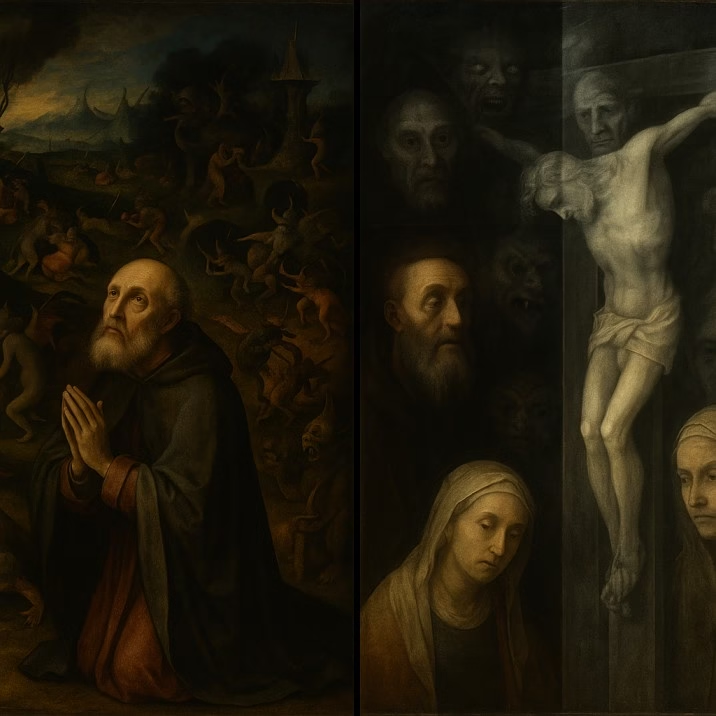
Similarly, infrared analysis of Caravaggio’s works shows extensive reworking of faces and expressions, suggesting that his unsettling religious art resulted from careful calculation rather than spontaneous inspiration. The hidden layers reveal alternative emotional states and symbolic elements that would have made the final paintings even more psychologically disturbing.
Dr. David Bomford, former head of conservation at the National Gallery London, observes: “Modern technology doesn’t make unsettling religious art less mysterious—it reveals new reasons to be disturbed by these works. Every technical advance uncovers additional layers of psychological complexity.”
Digital Enhancement and Hidden Horrors
Digital enhancement of medieval manuscripts has revealed previously invisible imagery that transforms already unsettling religious art into something even more psychologically disturbing. Erased figures, concealed symbols, and overwritten text suggest that historical religious art contained disturbing elements that were deliberately hidden or removed.
These discoveries indicate that the unsettling religious art that survives today represents only a fraction of the psychologically disturbing imagery that medieval and Renaissance artists originally created. Much of the most disturbing content has been lost through censorship, restoration, or natural deterioration, leaving contemporary viewers with sanitized versions of originally more unsettling works.
Contemporary Responses to Historical Religious Terror
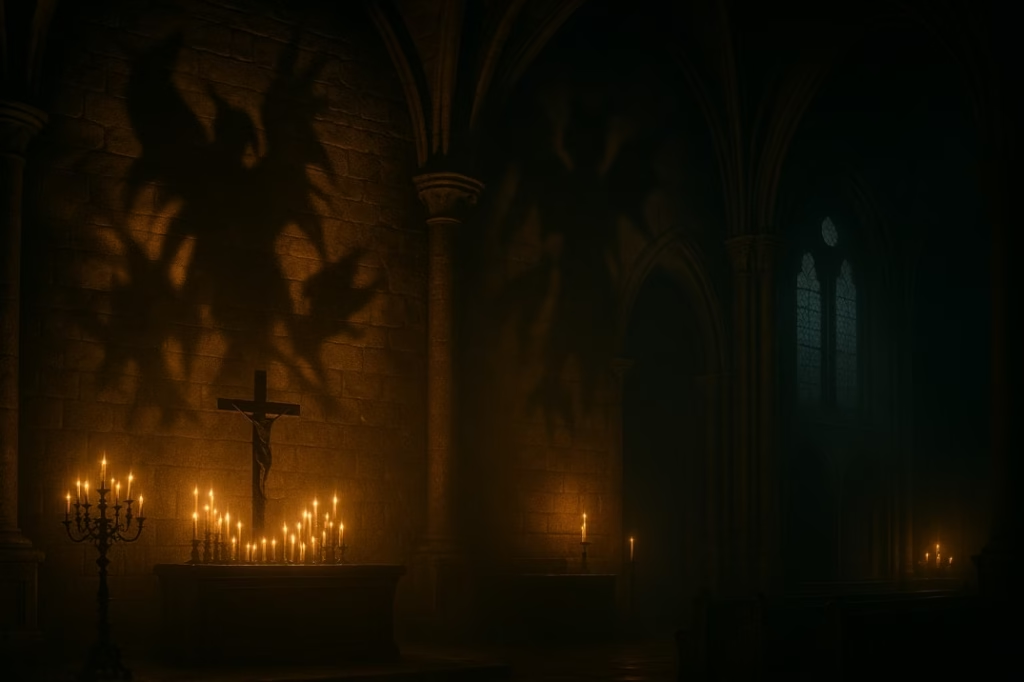
Modern viewers bring different psychological frameworks to unsettling religious art than their historical predecessors, but the fundamental power of these works to disturb and challenge remains unchanged. Contemporary responses to historical religious art reveal how deeply these works continue to affect viewers across cultural and temporal boundaries.
Museum studies have documented physiological responses to unsettling religious art that include increased heart rate, elevated stress hormones, and measurable changes in brain activity patterns. These biological responses suggest that the psychological impact of disturbing sacred imagery operates below conscious awareness, triggering automatic fear responses that rational understanding can’t eliminate.
Social Media and Religious Art Anxiety
The rise of social media has created new ways for unsettling religious art to disturb contemporary viewers. Images of Bosch’s nightmarish creatures, Caravaggio’s violent martyrs, and medieval marginalia circulate online without their original religious contexts, creating secular encounters with sacred terror that can be even more psychologically disturbing than traditional museum viewing.
Online discussions of unsettling religious art reveal persistent anxiety about the relationship between artistic representation and spiritual reality. Contemporary viewers struggle with the same questions that troubled medieval and Renaissance audiences: do these disturbing images represent spiritual truth, artistic imagination, or something more dangerous?
The Enduring Power of Sacred Terror
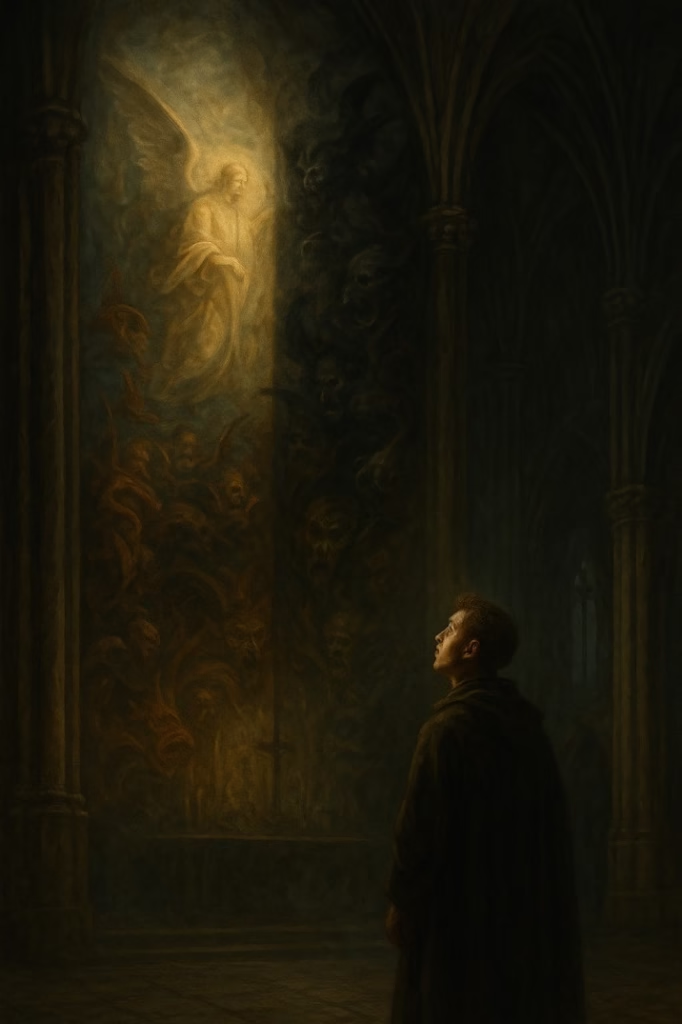
Unsettling religious art continues to disturb modern viewers because it addresses fundamental aspects of human psychology that transcend historical periods and cultural contexts. These works embody universal anxieties about mortality, meaning, divine judgment, and cosmic purpose that remain as relevant today as they were centuries ago.
The most psychologically powerful examples of unsettling religious art don’t provide answers to spiritual questions—they deepen and complicate those questions in ways that resist rational resolution. They force viewers to confront the limitations of human understanding while suggesting that ultimate spiritual truth might be more terrifying than comforting.
Contemporary scholarship on unsettling religious art increasingly recognizes that these works were designed to be psychologically challenging rather than spiritually comforting. Medieval and Renaissance artists understood that genuine religious experience required confronting difficult questions about human nature, divine purpose, and cosmic justice that couldn’t be resolved through simple faith or rational analysis.
The Sacred Art of Spiritual Discomfort
Unsettling religious art represents some of humanity’s most psychologically sophisticated artistic achievements precisely because it refuses to provide easy spiritual comfort or clear moral guidance. These works continue to disturb viewers across centuries because they embody fundamental uncertainties about human existence, divine nature, and cosmic purpose that rational thought cannot resolve.
From Bosch’s nightmarish visions to Caravaggio’s violent realism, from medieval marginalia to Renaissance secrets, unsettling religious art forces confrontation with aspects of spiritual experience that most religious traditions prefer to minimize or ignore. These works suggest that authentic religious engagement requires psychological courage to face disturbing truths about human nature and divine reality.
The enduring power of unsettling religious art lies in its ability to make the familiar feel alien and threatening while simultaneously demanding spiritual contemplation. These works create psychological spaces where viewers must grapple with fundamental questions about faith, mortality, and meaning without the comfort of easy answers or conventional reassurance.
Perhaps most importantly, unsettling religious art reminds us that the most profound spiritual experiences often involve psychological discomfort rather than emotional comfort. These works preserve something essential about the nature of authentic religious engagement—the recognition that encounters with the truly sacred should be deeply, productively disturbing.
In our contemporary world, where spiritual experience is often reduced to personal comfort and emotional satisfaction, unsettling religious art provides crucial reminders that genuine religious engagement requires confronting difficult questions about human existence and divine purpose. These works continue to offer psychological and spiritual challenges that can’t be resolved through simple interpretation or rational analysis.
The greatest examples of unsettling religious art don’t solve spiritual mysteries—they deepen them in ways that force ongoing engagement with fundamental questions about the nature of existence itself. In preserving their power to disturb and challenge, these works preserve something essential about what authentic spiritual experience actually requires: the courage to face ultimate questions without the guarantee of comfortable answers.

